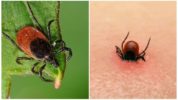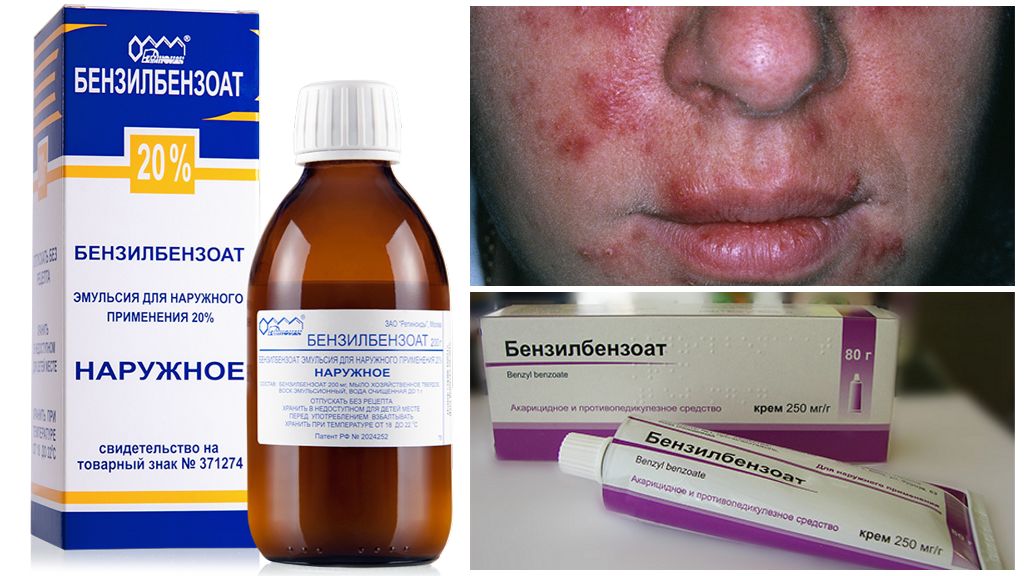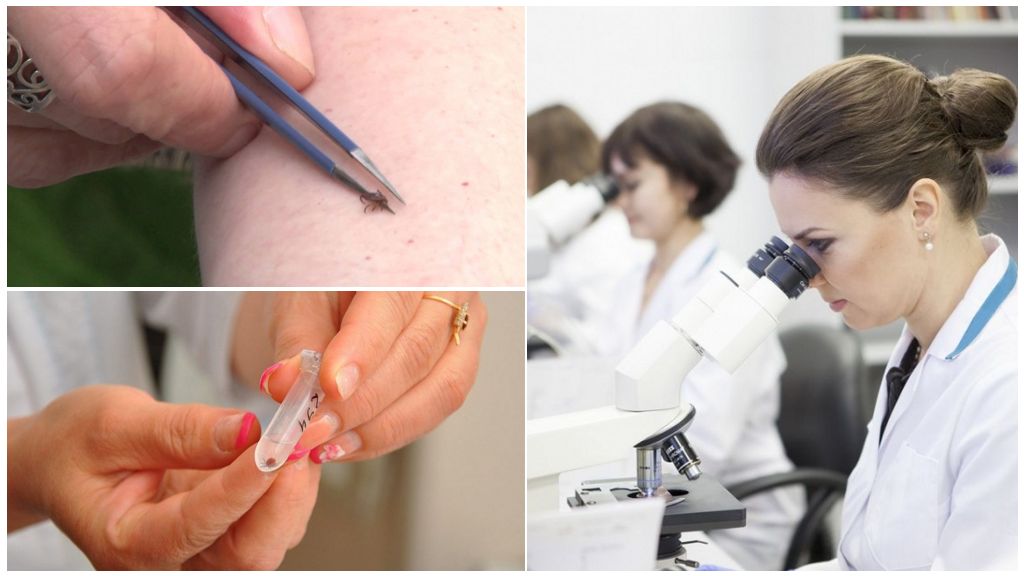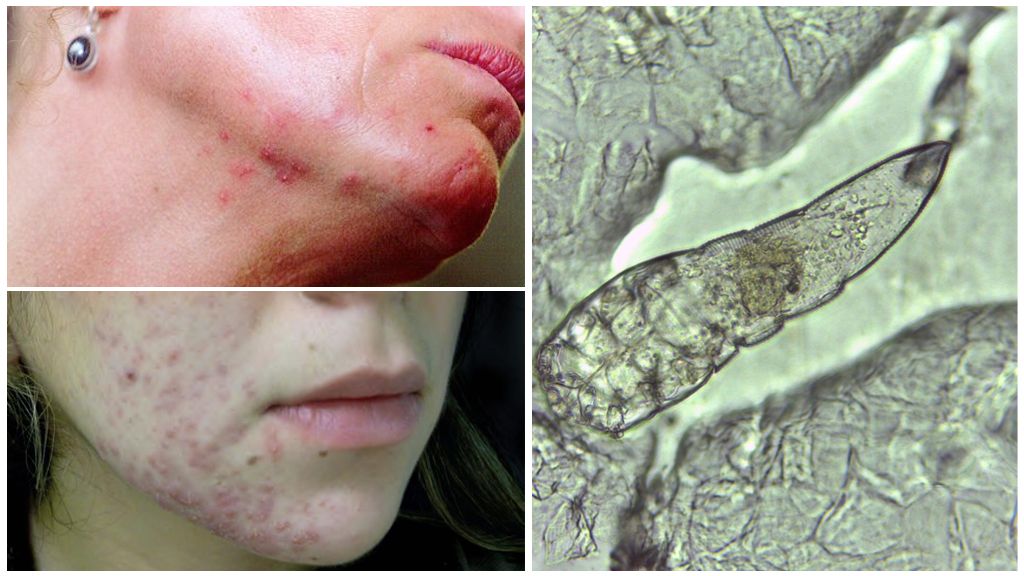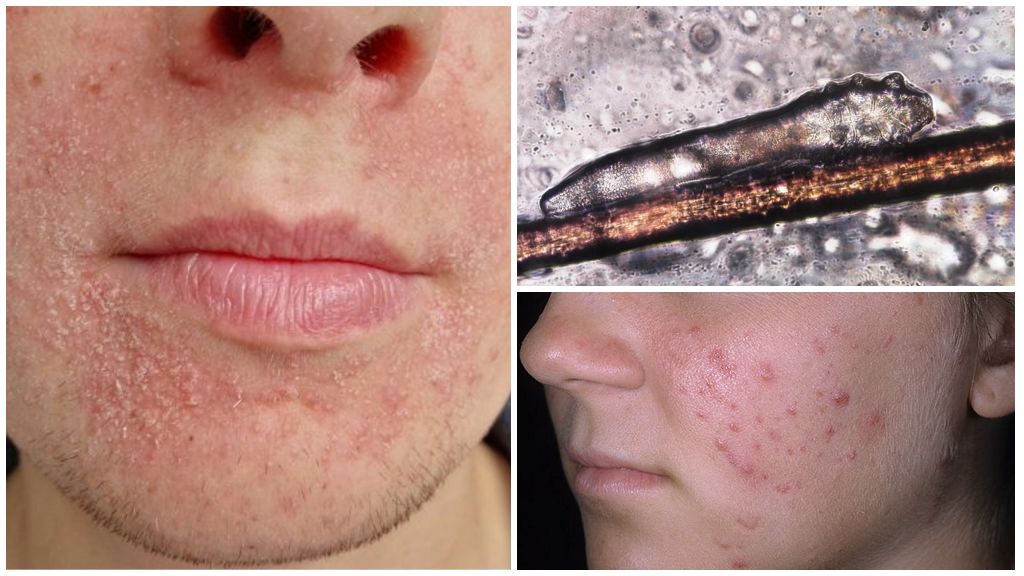- Tick bite
- Tick Protector Clothing
- Tick Removal Methods
In Soviet times, the prevention of tick-borne encephalitis was one of the main responsibilities of the Ministry of Health. Later, due to financial difficulties, the costs of prevention were reduced and the number of cases of the disease tick-borne encephalitis started to increase.
On a note!
In the same USSR, the fight against encephalitis ticks It was carried out centrally by spraying pesticides over forests. In areas dysfunctional for tick-borne encephalitis, the population was vaccinated without fail. Today, pesticides are no longer sprayed, and vaccinations are done on a voluntary basis.
Tick-borne encephalitis
Viral disease affecting the brain and spinal cord. In the worst cases, it leads to serious psychiatric and neurological complications. Sometimes it ends with the death of the sick. Encephalitis is among tick-borne infections and is one of the most dangerous.
Important!
In an area unsuccessful for tick-borne encephalitis, carriers of this viral infection are 6% of the entire arthropod population. After their bite, 2-6% of the victims get sick. Theoretically, the chances of contracting encephalitis are small, but the statistics that are infected with the virus are unlikely to comfort.
Virus Transmission Routes
The causative agent of tick-borne encephalitis is transmitted to the victim in the first minutes of suction of the parasite along with saliva. Such an infection can occur in places with rich vegetation or in the house if the arthropod “arrived” on animal or freshly cut plants.
The virus is also transmitted through the consumption of milk and dairy products. In this case, the types of measures aimed at the prevention of tick-borne encephalitis include mandatory boiling of milk and exclusion from the use of dairy products. It is necessary to exclude dairy products from the diet due to the impossibility of preliminary heat treatment of the feedstock.
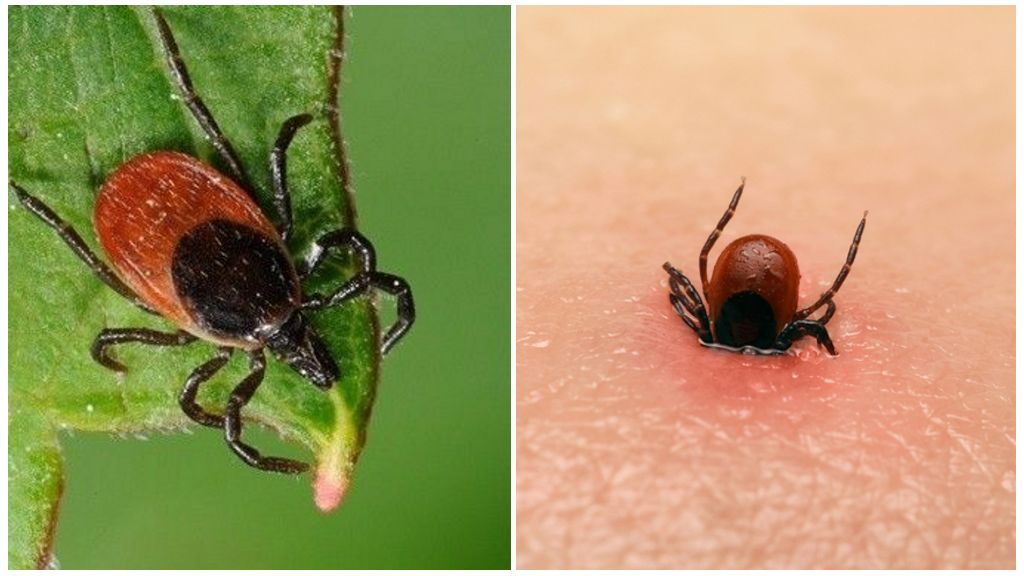
The third way to transmit the virus: rubbing it into the skin when combing the bite. But with tick bite usually it’s all the same whether there is comb or not. The virus was introduced into the blood much earlier.
Signs of Encephalitis
Incubation period from 4 to 14 days. Further development of the disease is very similar to flu symptoms, which is why people often do not pay attention to encephalitis. They take fever, nausea and muscle pain as signs of a cold. Depending on the type of tick-borne encephalitis, either remission occurs for 8 days, or encephalitis immediately passes to the second stage of development with damage to the nervous system.
Prevention
By the time the signs of the disease appear, the person already has time to forget about the tick bite, so it is better to take preventive measures immediately, without waiting for encephalitis to develop or not. Disease prevention is divided into 2 types:
- specific;
- non-specific.
Specific prophylaxis includes vaccinations and measures to prevent the development of encephalitis, if the tick has already managed to bite.
Non-specific prophylaxis of tick-borne encephalitis provides parasite bite protection:
- overalls when hiking in the forest;
- the ability to choose a place to relax;
- measures to prevent the tick from entering the house;
- systematic examination of the body.
These measures allow you to protect yourself not only from ticks, but also from the midge, which also carries diseases that are dangerous to humans.
Overalls
The best clothes in the forest infected with encephalitis ticks are jumpsuits. But if it is not, then the following rules must be observed:
- wear light colored clothing;
- long sleeves on cuffs;
- shirt collar and cuffs fit tightly to the body;
- shirt tucked in trousers;
- trousers tucked into socks with tight elastic bands, in extreme cases, boots;
- they put a hood on the head, sewn to the jacket, or a scarf;
- the scarf should tightly clasp the hair;
- put on clothes acaricides or parasite repellent drugs.
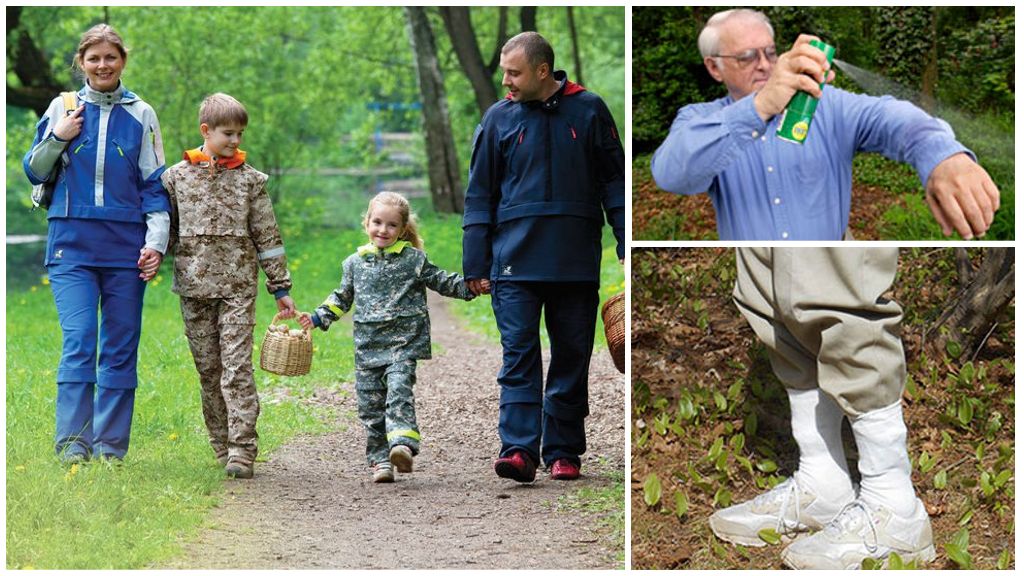
Important!
To achieve complete tightness, so that the parasite could not get to the body, it will not succeed. But mite long looking for a place where it can stick. Therefore, every few hours, it is necessary to fully inspect the body, taking off clothes. Particular attention is paid to the scalp, armpits and inguinal region.
In 2009 was developed tick-borne suit a new generation of Biostop. Outwardly, it is a jumpsuit. But it is equipped with several traps that impede the free movement of ticks. The action of traps is based on studying the habits of ticks.
Since parasites, having hit a person from the grass, always creep upward, special tissue folds are located in their path. The task of the folds is to stop the tick from moving upward so that the arthropod remains in the area treated with the acaricidal preparation. As a result, encephalitis vectors die within 4 hours, being unable to reach the human body and infect it with the virus.
Additional measures against ticks
You can reduce the risk of tick attacks if you do not rest in the grass. For overnight stays, pine groves with sandy soil or places devoid of grass should be chosen.
The ability to enter the apartment for the tick will decrease if you do not bring fresh plants, clothes, shoes and other objects that have been outdoors in the house. Animals must be examined for ticks. In this case, the parasite can only crawl along the hair of a pet.
How to extract a tick
It is not always possible to protect against an encephalitis tick. Sometimes the parasite is found already sucked to the body. It’s impossible to simply and easily tear it out of the skin. In this case, the arthropod generously shares with the victim not only the transmitted pathogens, but also parasites from the intestine. There are ways to self removal tick:
- using thread;
- tweezers or fingers;
- special device.
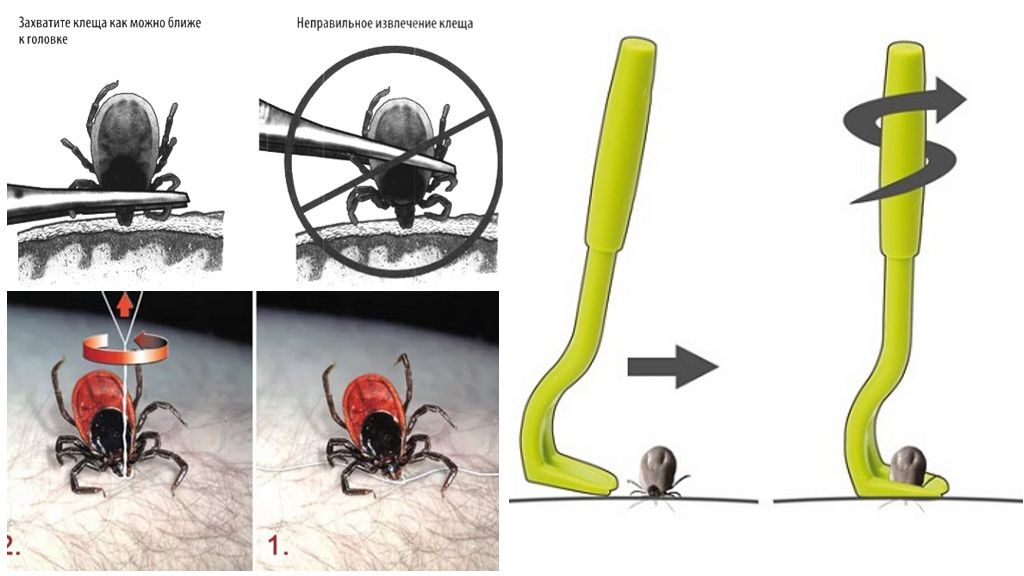
A loop is made of thread and thrown over the tick head. Then the arthropod is gently pulled out. Removing the bloodsucker with tweezers or fingers is the least safe way, since there is a risk of squeezing the body of the parasite. The tick is rotated counterclockwise and carefully removed from the skin.
The best way is to remove the tick using a special device. Often this device is also called tweezers. But such tweezers do not squeeze the arthropod body and allows you to extract it whole.
Important!
Removing the head is a prerequisite. Tick-borne encephalitis virus "nests" in the salivary glands of the tick.
What can not be done:
- a tick cannot be pierced through with a red-hot needle: all viruses and intestinal parasites will be in the blood of a person;
- can not be greased with fatty substances or filled with oil: arthropod will die, but remain in the skin;
- you can not abruptly tear off the parasite: the head of the tick will remain in the skin.
If a black dot remains on the skin when removing the bloodsucker, this means that the proboscis or head has come off. In this case bite spot lubricated 5 percent iodine and wait until the foreign body comes out by itself.
The extracted tick is placed in a jar and sent to the laboratory during the day for testing for the presence of tick-borne encephalitis and its prevention after a bite.
Specific prophylaxis
These are anti-epidemic measures aimed at reducing the incidence of the disease if the tick was able to bite. Specific prevention is of 2 types:
- preventive vaccinations;
- emergency seroprophylaxis.
Preventive vaccinations against tick-borne encephalitis are given to people working in areas that are unsuccessful for this disease, or traveling to these territories. Vaccination protects against infection with encephalitis in the event that it is not possible to quickly reach a medical institution.
Unvaccinated people are given seroprophylaxis of tick-borne encephalitis: an injection of human immunoglobulin against the disease. Seroprophylaxis is carried out no later than 96 hours after suctioning the tick. This emergency prophylaxis is done in territories - natural reservoirs of encephalitis or in the case of obtaining a positive result when examining a tick in the laboratory.
